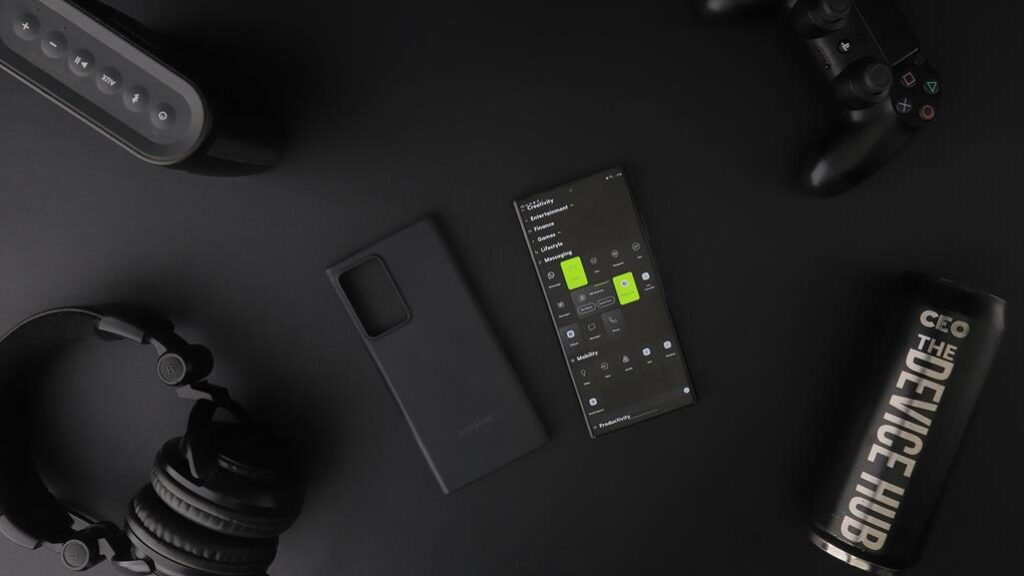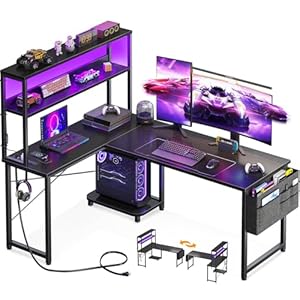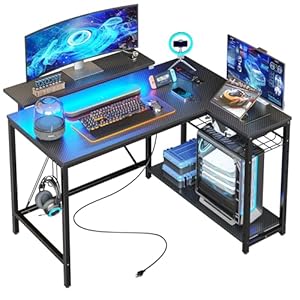
If you’re a gamer looking to elevate your gaming experience, understanding G-Sync technology is crucial. Imagine a world where screen tearing and stuttering are mere relics of the past. With G-Sync, your visuals become smoother, your gameplay more responsive, and your overall immersion heightened. But how exactly does this technology work its magic, and what benefits does it bring beyond just eliminating visual hiccups? Stay tuned to uncover the secrets behind G-Sync and how it reshapes the gaming landscape for the better.
Understanding G-Sync Technology
Exploring how G-Sync enhances gaming performance can provide valuable insights into its technological prowess. G-Sync is a revolutionary technology developed by NVIDIA to synchronize the refresh rates of a monitor with the frame rates of a graphics card. By doing so, it eliminates screen tearing and stuttering, resulting in a smoother and more immersive gaming experience.
When you enable G-Sync on a compatible monitor, you’ll notice a significant improvement in the overall visual quality of your games. The technology dynamically adjusts the monitor’s refresh rate to match the varying frame rates produced by your GPU, ensuring that each frame is displayed at the optimal time. This synchronization reduces input lag and motion blur, making fast-paced games feel more responsive and fluid.
Moreover, G-Sync works seamlessly with both NVIDIA and AMD graphics cards, offering flexibility to gamers who may switch between different GPU brands. This compatibility ensures that you can enjoy the benefits of G-Sync regardless of your graphics card choice, enhancing your gaming performance across the board.
Benefits of G-Sync in Gaming
G-Sync in gaming enhances visual quality and responsiveness by synchronizing monitor refresh rates with graphics card frame rates. This synchronization eliminates screen tearing and stuttering issues, providing you with a smoother and more immersive gaming experience. By ensuring that the monitor’s refresh rate matches the GPU’s frame rate, G-Sync reduces input lag, resulting in more precise and responsive gameplay.
Another benefit of G-Sync is the elimination of visual artifacts such as ghosting, which can occur when the monitor refresh rate and GPU frame rate are out of sync. This technology also allows for seamless transitions between different frame rates, maintaining image clarity during fast-paced gameplay.
Furthermore, G-Sync helps in reducing eye strain and fatigue during extended gaming sessions by delivering consistent frame rates and eliminating visual distractions. Overall, G-Sync enhances your gaming experience by providing smooth, tear-free visuals and improved responsiveness, making it a valuable addition to any gaming setup.
How G-Sync Enhances Visuals
Enhancing visuals with G-Sync technology elevates the overall gaming experience by eliminating screen imperfections and ensuring seamless image rendering. By synchronizing the refresh rates of your monitor with the GPU, G-Sync reduces screen tearing, stuttering, and input lag. This means that every frame produced by your graphics card is displayed without any disruptions, resulting in a smoother and more immersive visual experience.
G-Sync’s ability to adjust the monitor’s refresh rate dynamically based on the GPU’s rendering speed ensures that each frame is displayed at the optimal time. This prevents issues like ghosting or motion blur, particularly in fast-paced games where quick reactions are crucial. The technology also supports a wide range of refresh rates, allowing for flexibility in displaying both high and low frame rates without distortion.
Additionally, G-Sync enhances the clarity of visuals by reducing distractions caused by screen tearing, providing sharper images and more vibrant colors. This ensures that you can fully appreciate the graphics and details intended by game developers, resulting in a more visually pleasing and engaging gaming experience.
Implementing G-Sync for Better Gameplay
To optimize your gaming experience with G-Sync, ensure that your hardware and settings are configured correctly for smoother gameplay. Start by checking if your monitor is G-Sync compatible and that it has the feature enabled in the settings. This is crucial for experiencing the benefits of G-Sync, such as eliminating screen tearing and reducing input lag.
Additionally, make sure your graphics card supports G-Sync technology. Nvidia GPUs are typically compatible with G-Sync, but it’s essential to check for specific model requirements. Keeping your graphics card drivers up to date is also vital for optimal performance.
Adjusting in-game settings can further enhance your G-Sync experience. Aim for a frame rate that stays within the G-Sync range of your monitor to fully utilize its capabilities. Experiment with different graphics settings to find the right balance between visual quality and performance.
Gaming














